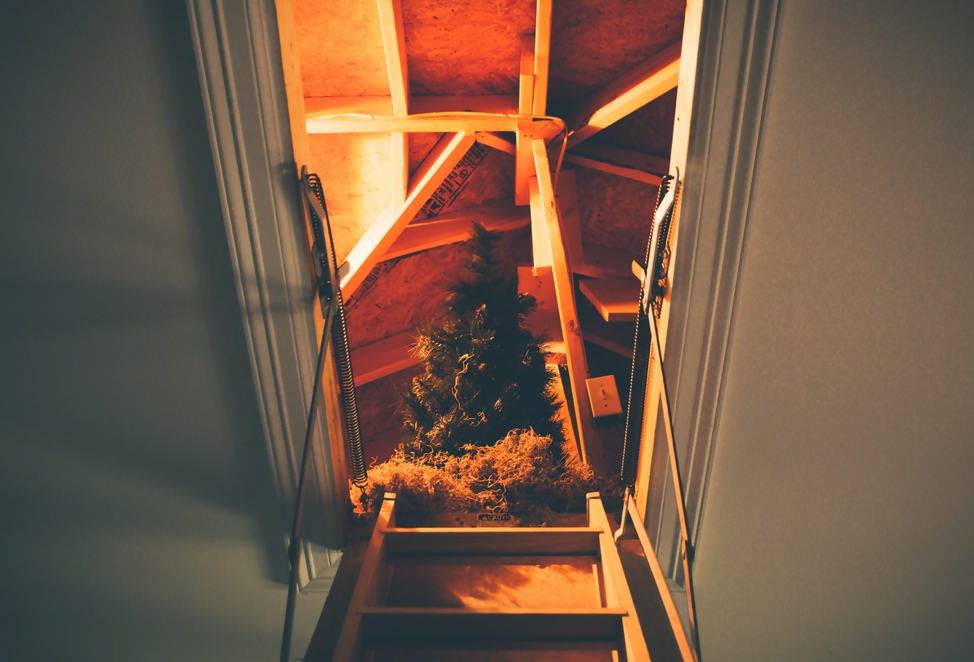You have finally taken the leap and bought that beautiful old house. Now, the reality is beginning to set in as you’re faced with a myriad of challenges that come with an older abode.
Overhaul the House With Energy-Saving Fixes
Old homes are beautiful, but they are often far from efficient when it comes to energy usage. Before you get settled into the new place, conduct a review of the home’s energy efficiency. While it may cost you a bit upfront, it will likely save you considerable amounts of money in the long run. There are several different ways to go about this process.
A straightforward way to proceed is to contact your energy provider to see if they offer basic energy audits. In some cases, energy providers will conduct these audits at no cost to you. Furthermore, these providers frequently offer special discounts to incentivize homeowners to improve their efficiency. For example, the energy provider in Cincinnati recently offered its customers steeply discounted high-efficiency light bulbs.

A thorough assessment requires more than just an audit from your provider. Address leaks wherever they may occur in order to save energy. Assess the insulation situation in your home and make the necessary changes right away.

Ensure That Your Insurances and Home Protection Plans Are in Place
The last thing you want to think about when you purchase an old home are the possibilities of natural disasters or significant appliance failures. Unfortunately, these things do happen. In fact, old homes are full of risks. Thankfully, homeowners now have access to a range of exceptional options that provide peace of mind on these matters.
Most homeowners know that purchasing homeowner’s insurance is a no-brainer. This type of insurance is not technically legally required. Still, most banks ask for proof of homeowner’s insurance as part of the mortgage process. Homeowner’s insurance covers you in the rare cases in which significant disasters strike. Policies vary, however, so it is vital to read the fine print so that you know what your policy covers and what it does not.
For example, many homeowners think that their policy protects them in the case of floods, only to find out after a flood that flood insurance was a separate option.
More and more homeowners, especially those with older homes, are also purchasing home protection plans to supplement their homeowner’s insurance policies. These plans are adjustable to fit your specific needs. For example, one can buy a home protection plan that covers the house’s HVAC system. These plans often include access to top contractors, ensuring that system breakdowns are addressed with speed and accuracy.

Ensure That Your Insurances and Home Protection Plans Are in Place
The last thing you want to think about when you purchase an old home are the possibilities of natural disasters or significant appliance failures. Unfortunately, these things do happen. In fact, old homes are full of risks. Thankfully, homeowners now have access to a range of exceptional options that provide peace of mind on these matters.
Most homeowners know that purchasing homeowner’s insurance is a no-brainer. This type of insurance is not technically legally required. Still, most banks ask for proof of homeowner’s insurance as part of the mortgage process. Homeowner’s insurance covers you in the rare cases in which significant disasters strike. Policies vary, however, so it is vital to read the fine print so that you know what your policy covers and what it does not.
For example, many homeowners think that their policy protects them in the case of floods, only to find out after a flood that flood insurance was a separate option.
More and more homeowners, especially those with older homes, are also purchasing home protection plans to supplement their homeowner’s insurance policies. These plans are adjustable to fit your specific needs. For example, one can buy a home protection plan that covers the house’s HVAC system. These plans often include access to top contractors, ensuring that system breakdowns are addressed with speed and accuracy.

Leaving a buffer period is also advisable if you’re handy enough to complete the necessary projects yourself. You can accomplish the inevitable paint projects that come along with a home purchase without subjecting your family to noxious paint fumes. Many efforts require you to shut off the power or water for lengthy periods. These projects tend to go more smoothly in an empty house than in a home full of family members. Your natural desire to live in your new home will serve as one of the most powerful motivating forces to complete these projects quickly!






